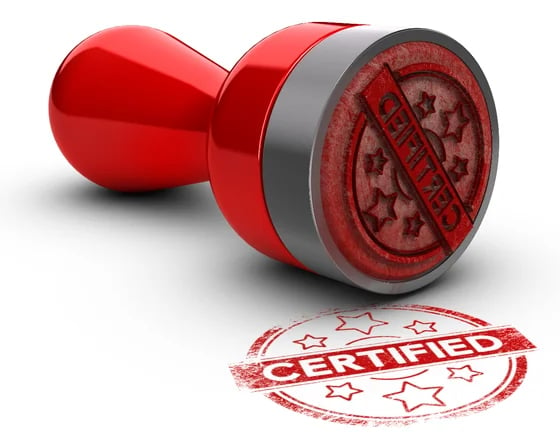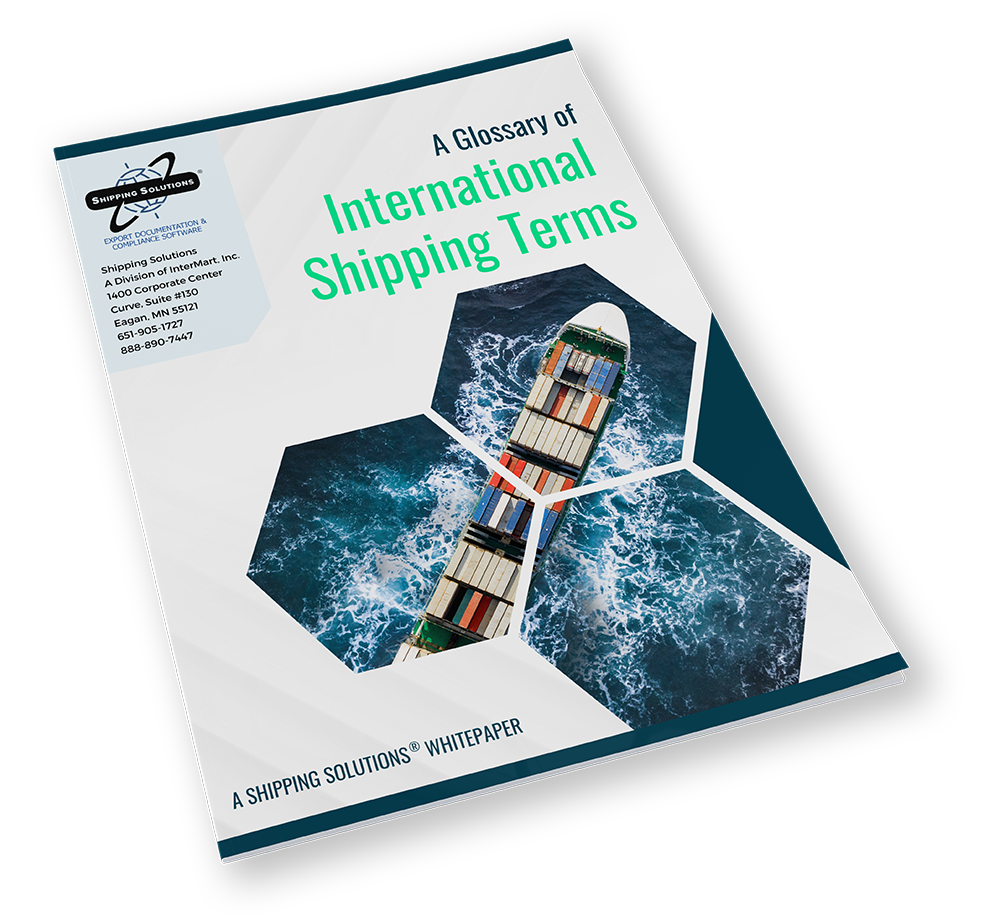The International Trade Blog Import Procedures
Importing Basics: Country of Origin
On: October 12, 2022 | By:  John Goodrich |
5 min. read
John Goodrich |
5 min. read
 Importers, do you know the country of origin of your product? Really?
Importers, do you know the country of origin of your product? Really?
If your product is wholly the growth or manufacture of a single country, it is simple to determine that the country in which the product was grown or manufactured is the country of origin.
In today’s global economy, however, manufacturers are sourcing materials and components from around the world. It may be more difficult than you are aware to determine the country of origin for customs purposes.
Why is country of origin important?
Duty rates, preferential trade agreements, trade sanctions and import quotas are regulated according to country of origin. Because of the revenue and admissibility issues involved, U.S. Customs and Border Protection (CBP) is vigilant about verifying accurate country of origin.
Country of origin is also important for marking purposes. The import regulations put an emphasis on informing the end user of the country of origin of imported articles.
How do I determine the country of origin of my products for duty purposes?
If your product is subject to any of the myriad of free trade agreements or duty preference programs, the definition of country of origin is spelled out for you in excruciating detail.
Country of origin of products subject to modern free trade agreements are subject to detailed rules based upon the Harmonized Tariff Schedule (HTS) classification of the good. These rules are listed within the general notes of the HTS.
Other trade agreements and duty preference programs have less detailed rules, also found within the general notes of the HTS. These generally include two requirements:
- The product must ship directly from the beneficiary country to the United States.
- The product must meet a regional value content, usually 35%. Some of the agreements even allow a portion of the regional value to consist of U.S. components.
What if my product is not eligible for duty preference or free trade?
The definition of country of origin in this instance is found in two areas of the regulations. The definitions are quite similar and relatively straightforward:
§ 134.1 Definitions
"(b) Country of origin. 'Country of origin' means the country of manufacture, production, or growth of any article of foreign origin entering the United States. Further work or material added to an article in another country must effect a substantial transformation in order to render such other country the 'country of origin' within the meaning of this part; however, for a good of a NAFTA or USMCA country, the marking rules set forth in part 102 of this chapter (hereinafter referred to as the part 102 Rules) will determine the country of origin."
§ 177.22 Definitions
"(a) Country of origin. For the purpose of this subpart, an article is a product of a country or instrumentality only if
- it is wholly the growth, product, or manufacture of that country or instrumentality, or
- in the case of an article which consists in whole or in part of materials from another country or instrumentality, it has been substantially transformed into a new and different article of commerce with a name, character, or use distinct from that of the article or articles from which it was so transformed...."
The concept of substantial transformation is somewhat vague. Generally it has come to mean the following:
- The country in which the product obtained its essential character is the country of origin, or
- The country in which the product takes on its harmonized code (HTS) number is the country of origin.
The above are merely rules of thumb and are by no means a legal standard.
Do these definitions apply for marking purposes?
Usually! The exceptions are textiles, which have their own rules.
Products classified in chapters 50-63 of the HTS, along with a handful of other headings, are subject to country of origin rules detailed in the regulations at 19 CFR §102.21. These rules are similar to the above but incorporate processes unique to the textile trade. If the product is a textile from Israel, read a bit further in 19 CFR §102.22 for specialized origin rules.
What does not confer country of origin?
A number of common minor manufacturing and distribution processes have no impact upon the country of origin of the product. These processes include among others:
- Simple assembly.
- Finishing work such as painting or applying a preservative.
- Packaging or repackaging into measured doses.
- Repairs, cleaning, laundering or simple alterations.
- Dilution with water or other substances.
Importers whose products undergo such processes should take steps to identify the country where the product is actually manufactured.
If I use these rules will I qualify for free trade?
It is important to repeat that simply determining the country of origin of your product may not automatically qualify it for favorable duty treatment. Generally the definition of country of origin for marking purposes is a much lower threshold than qualifying for participation under a free trade agreement.
Read more about trade agreements in our blog post Trade Agreements—FTAs, PTAs, Unilateral, Bilateral, Multilateral: How Do They Differ?
How can I be certain I have properly documented my country of origin?
Reasonable care practices vary depending on products and supply chains.
Depending on the complexity of your products, you may choose to visit your manufacturers and observe their manufacturing processes. This may include investigating the country of origin of the material inputs into your products. For textile and apparel importers, this would also include creating a document trail for country of origin of fabrics and manufacturing processes.
Other importers might get away with more modest oversight comparing purchasing, invoicing and shipping records with the product itself.
Some importers utilize the old NAFTA marking rules detailed in 19 CFR §102.20 to determine country of origin for marking purposes for non-FTA goods. (There are no longer special marking rules for goods from Canada and Mexico once the USMCA replaced NAFTA.) The regulations neither permit nor prohibit this practice. Certainly these rules provide a more objective measurement for some companies.
Importers with highly mobile manufacturing processes have gone so far as to make surprise visits to their factories to validate origin. When in doubt, defer to the regulators. CBP is authorized to issue country of origin determinations to interested parties.
Like what you read? Subscribe today to the International Trade Blog to get the latest news and tips for exporters and importers delivered to your inbox.

About the Author: John Goodrich
John Goodrich is an International Trade Consultant and Licensed Customhouse Broker with more than 25 years of experience in international trade. He is currently the principal in the consulting firm of JD Goodrich & Associates where his varied industry experience results in practical, actionable advice for his clients.
An active member in the Twin Cities round table of the Council of Supply Chain Management Professionals (CSCMP), he takes a strategic view of the roles of international compliance and logistics in the greater supply chain.



